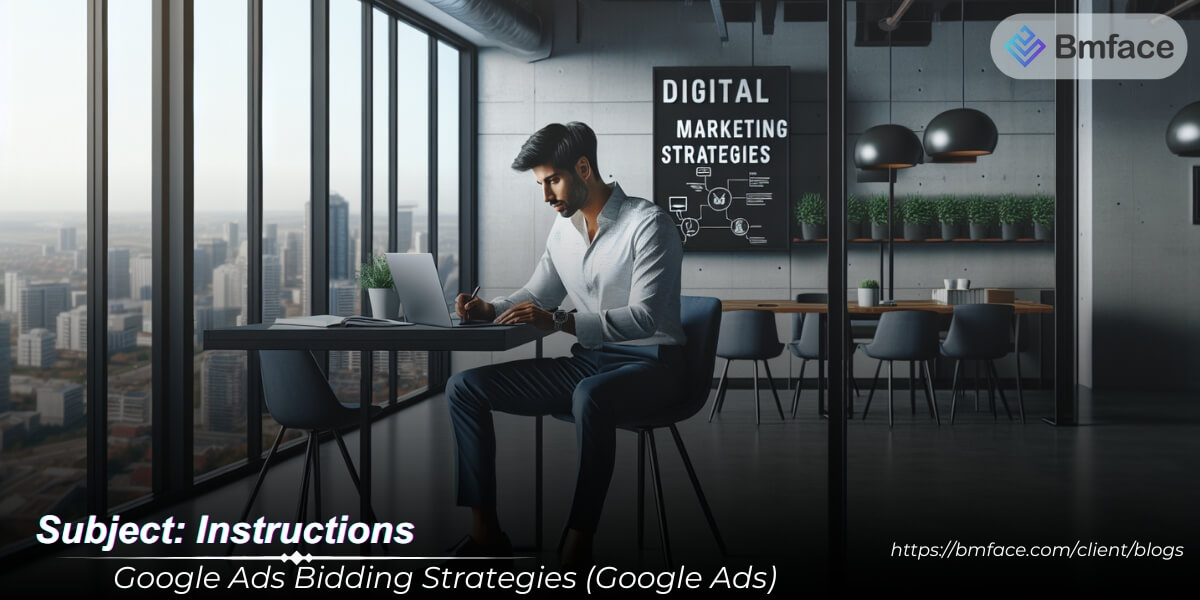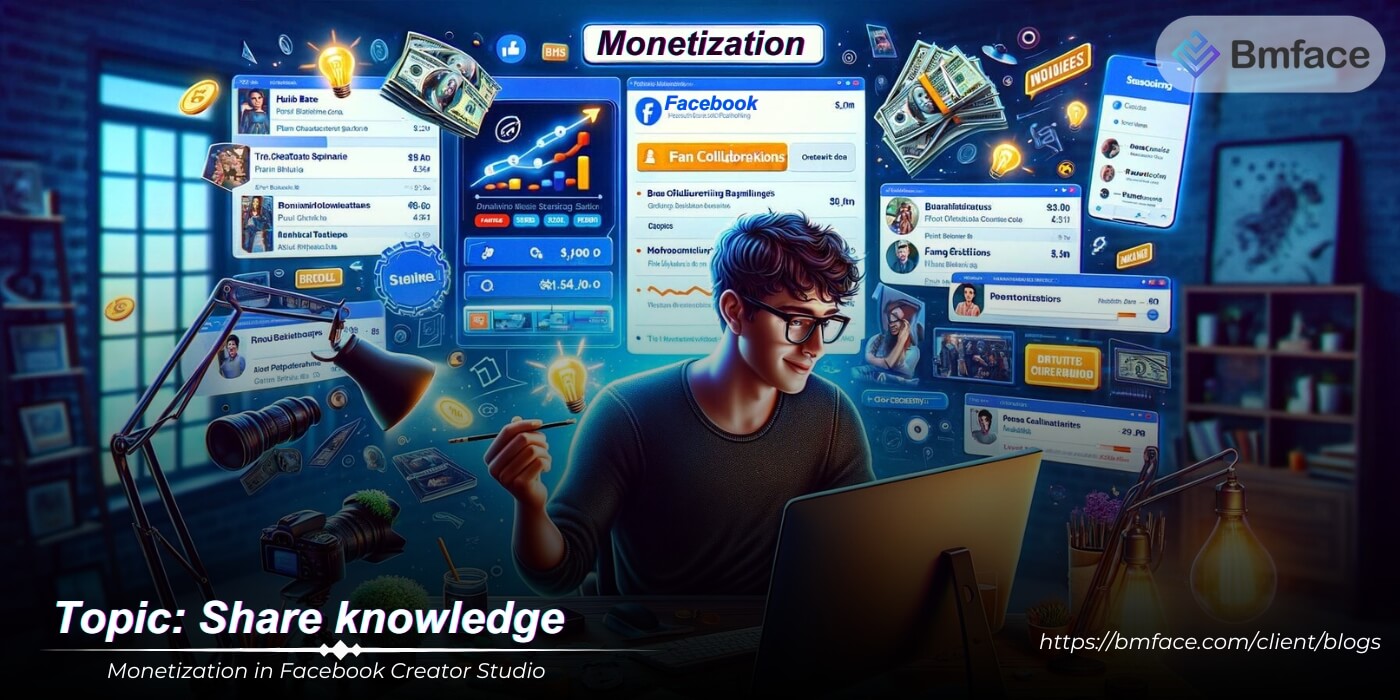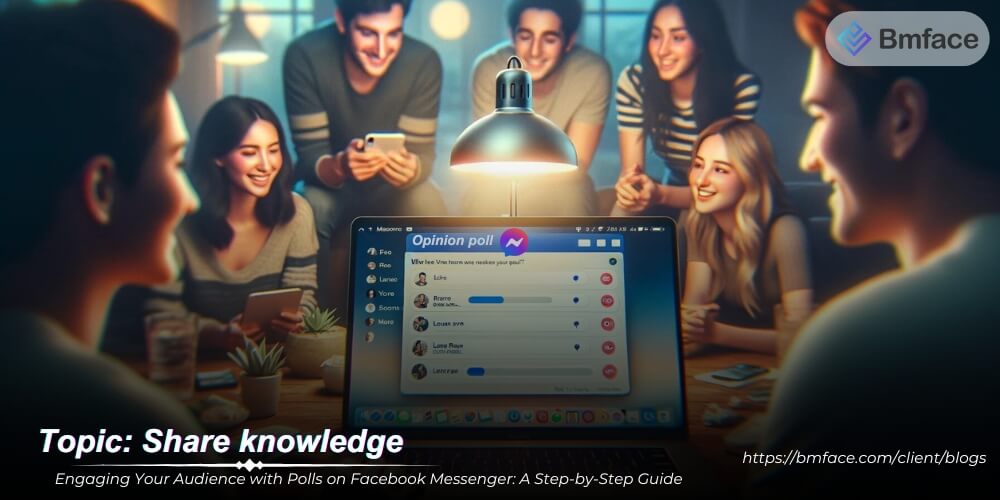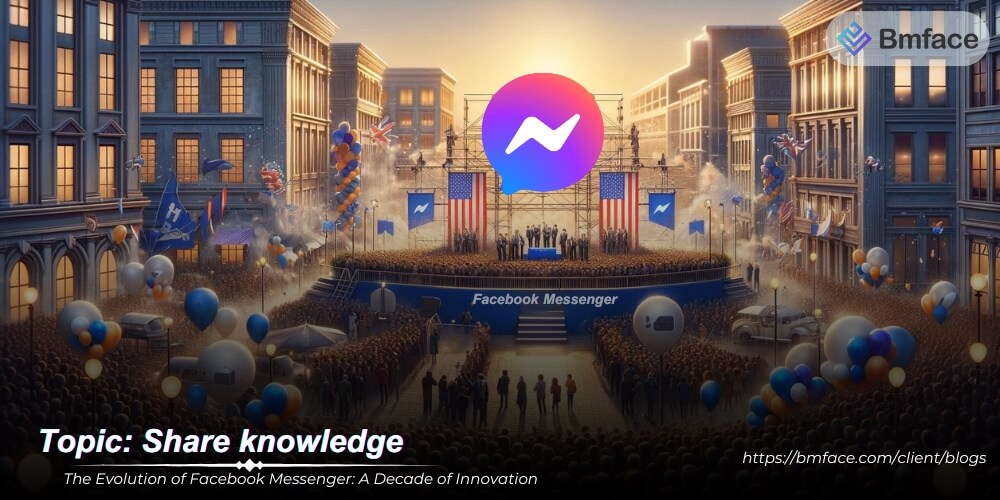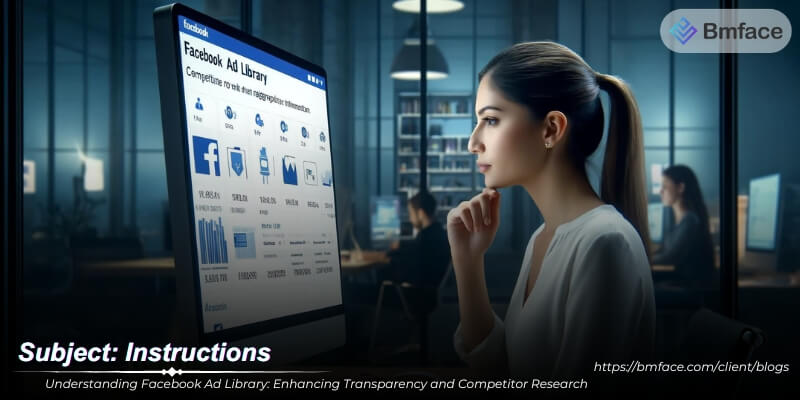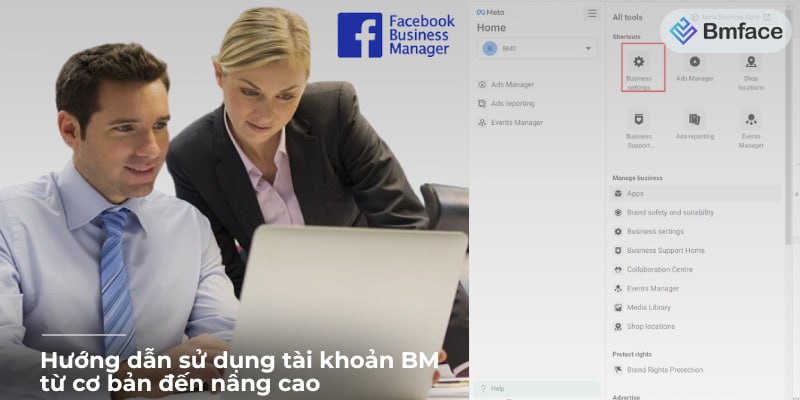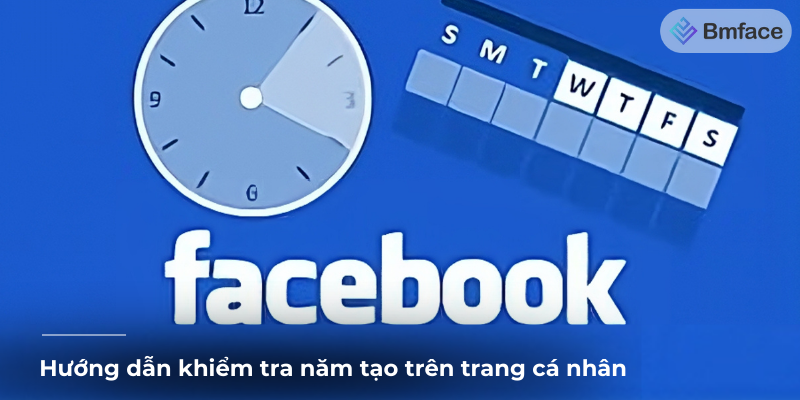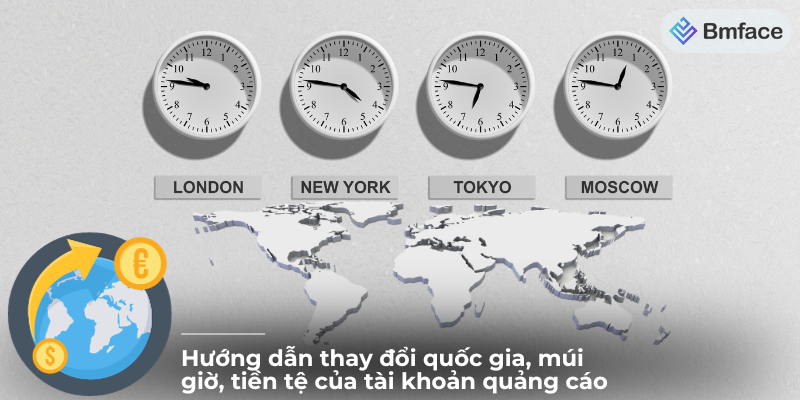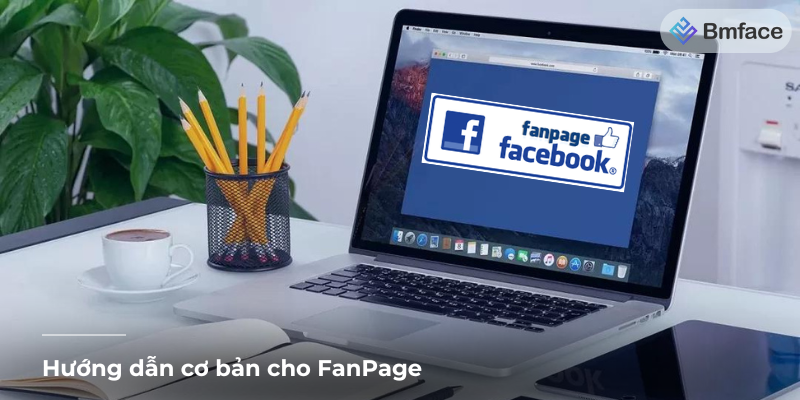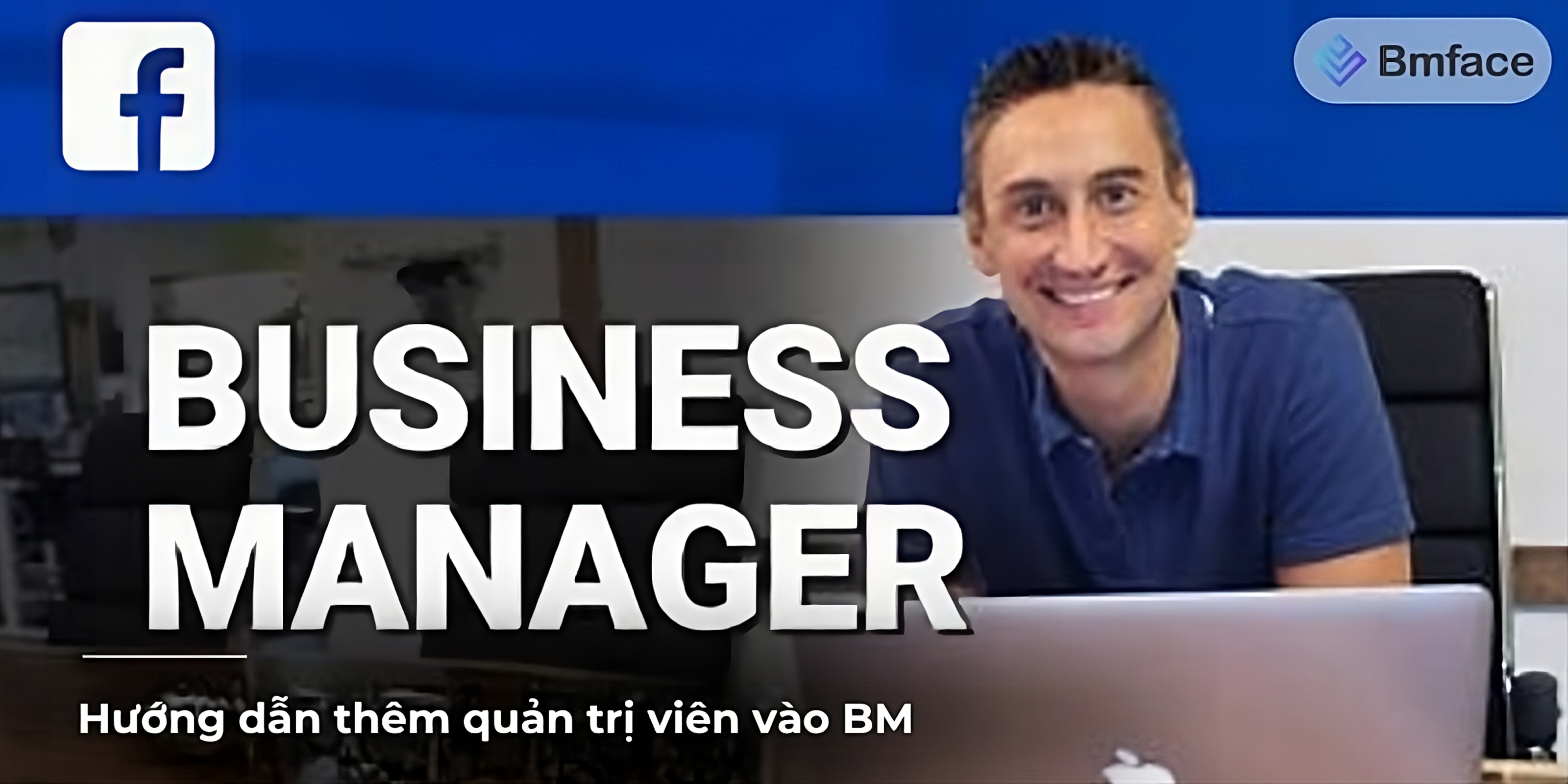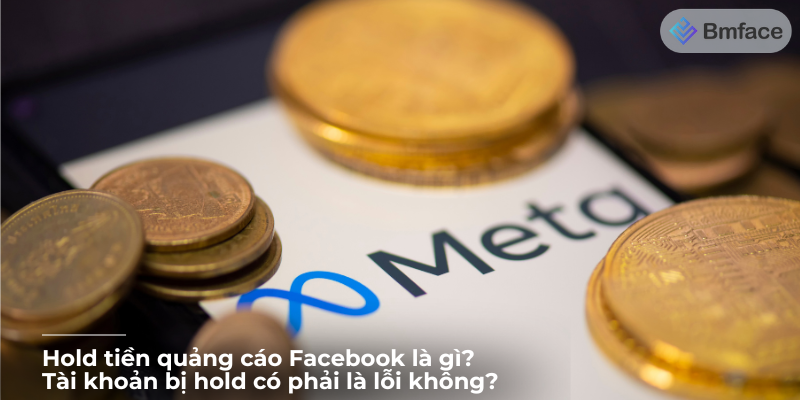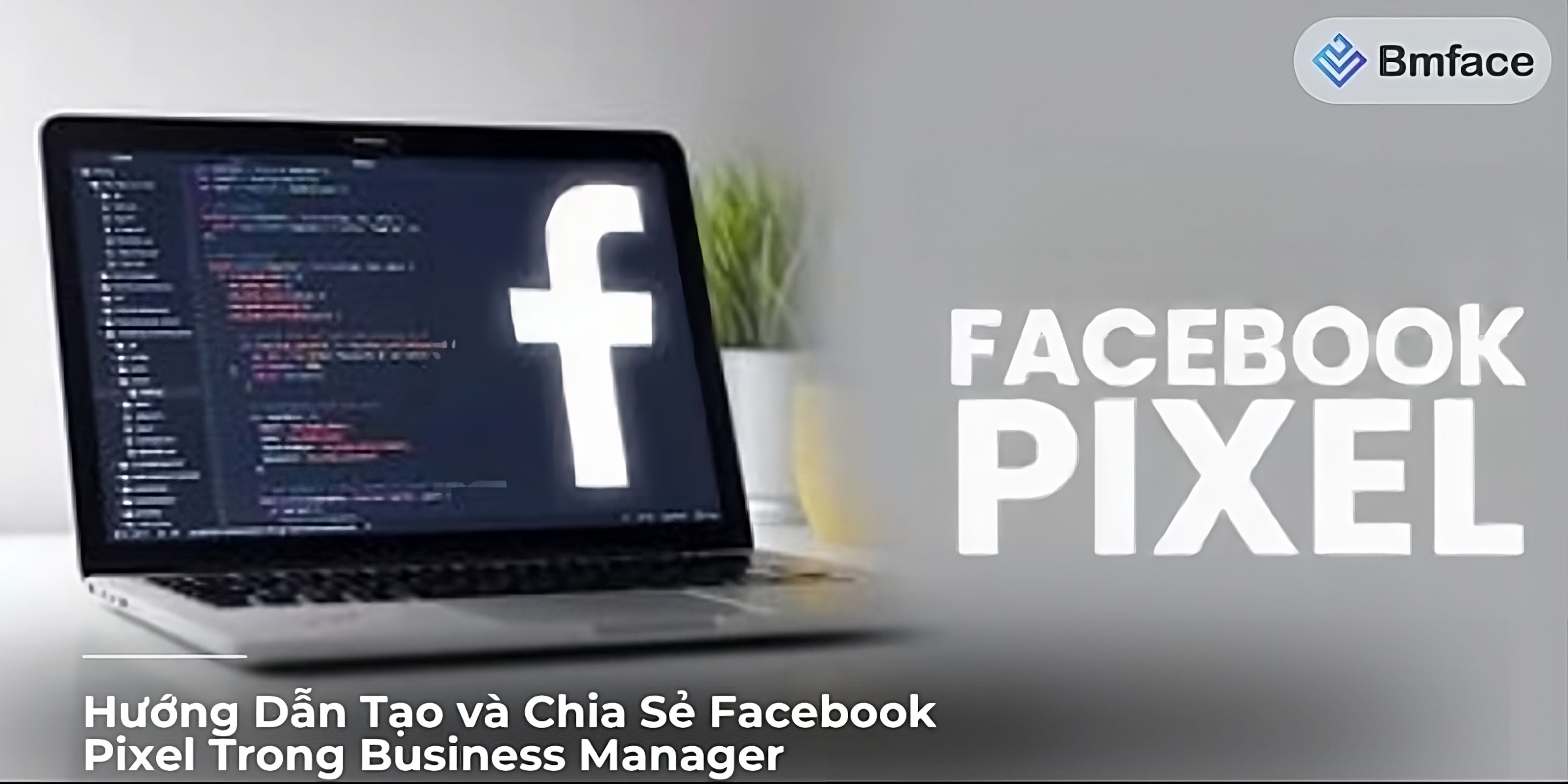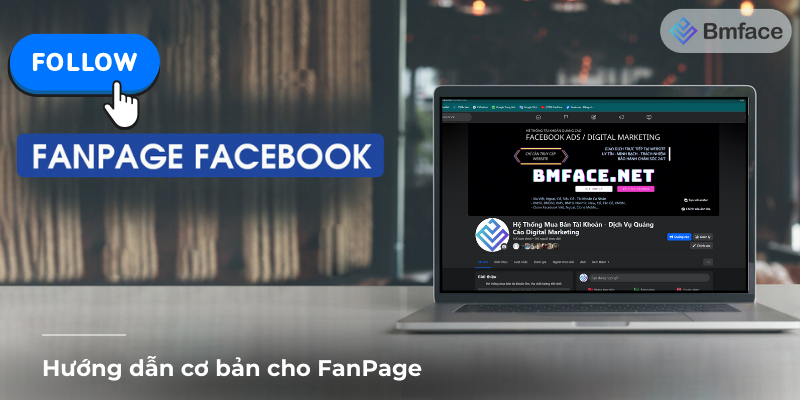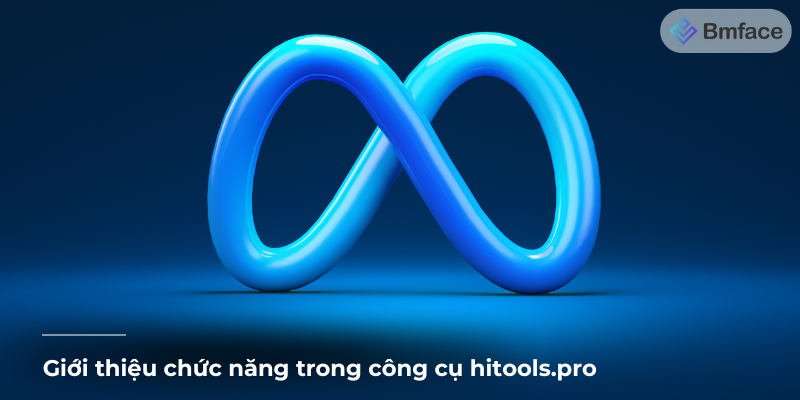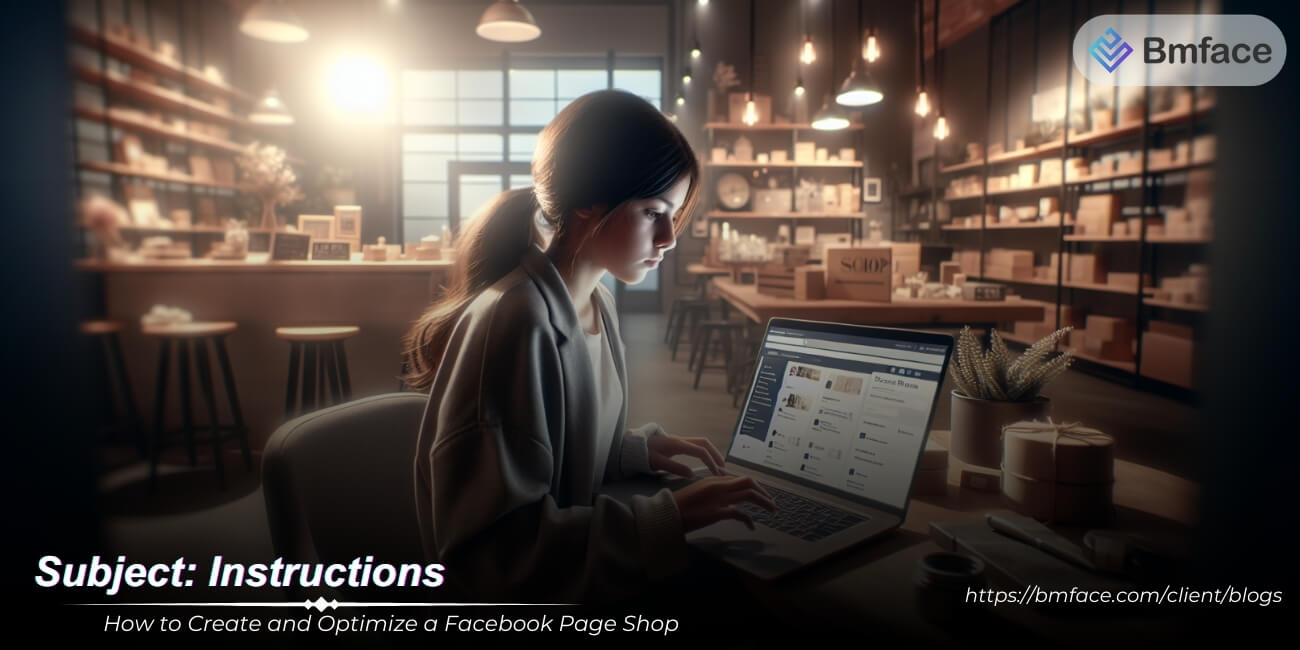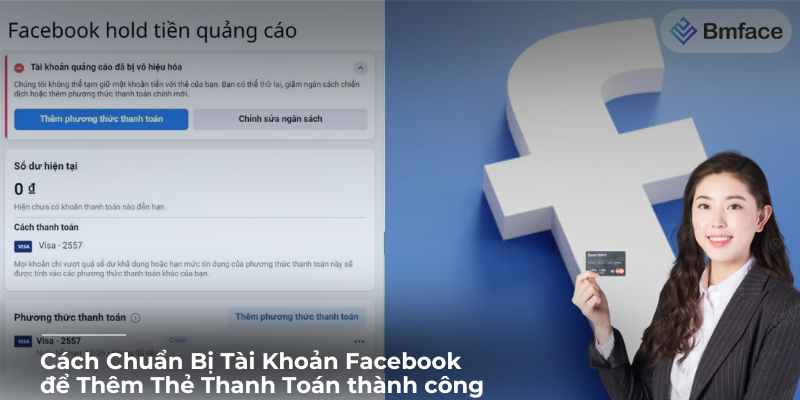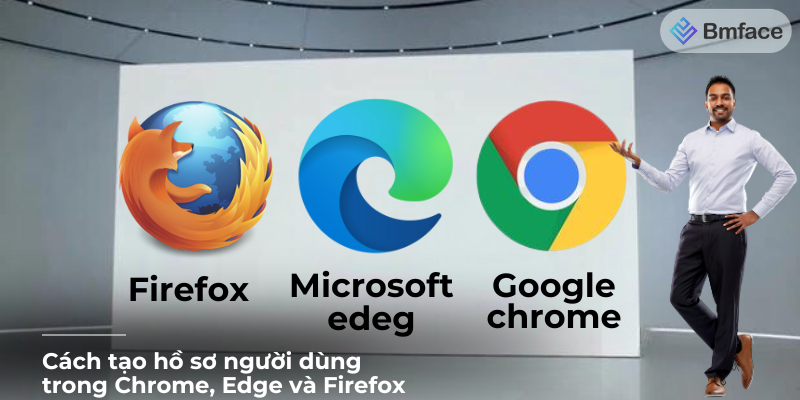Choosing the right bidding strategy is critical to the success of your Google Ads campaigns. The right strategy can help you maximize your budget, achieve your marketing goals, and improve your return on investment (ROI). In this guide, we'll explore the many different Google Ads bidding strategies and how to choose the best one for your needs.
Understanding Google Ads Bidding Strategies

Before diving into specific strategies, it's important to understand the basics of Google Ads bidding. Effective bidding is crucial to maximizing the visibility and performance of your ads within your set budget.
What is Google Ads Bidding?
Google Ads bidding is the process of setting the amount you're willing to pay for clicks, impressions, or conversions in your ad campaigns. Your bid amount influences your ad's placement in search results and its visibility to potential customers. Here’s a deeper look into how it works:
-
Bidding Mechanism:
- Auction System: Google Ads operates on an auction system where your ad competes with others based on the bid amount and Quality Score.
- Quality Score: This score is based on the relevance and quality of your ad, keywords, and landing page. A higher Quality Score can lower your cost per click (CPC) and improve ad placement.
-
Bid Amount:
- Maximum CPC: The highest amount you're willing to pay for a click on your ad. This amount directly impacts your ad's rank and position in search results.
- Budget Allocation: Properly setting and managing your bid amount ensures you get the most value from your ad spend, balancing visibility and cost-effectiveness.
Types of Bidding Strategies
Google Ads offers various bidding strategies tailored to different campaign goals. Understanding these strategies helps you choose the one that best aligns with your objectives.
-
Manual Bidding:
- Control: Manual bidding gives you full control over your bids for clicks or impressions. You can set bids at the keyword level to optimize for performance.
- Flexibility: This strategy is ideal for advertisers who want granular control and have the time to manage and adjust bids based on performance data.
- CPC (Cost-Per-Click): Set a maximum CPC bid for each keyword. If your goal is to drive traffic, you can manually adjust bids to ensure you’re paying the right amount for valuable clicks.
- CPM (Cost-Per-Thousand-Impressions): Set a maximum amount you're willing to pay for every thousand impressions. This is useful for brand awareness campaigns where visibility is the priority.
-
Automated Bidding:
- Efficiency: Automated bidding uses Google’s machine learning to adjust your bids in real-time based on your campaign goals and performance data.
- Performance-Based Adjustments: Google optimizes bids to achieve specific outcomes, such as maximizing conversions or maintaining a target return on ad spend (ROAS).
- Types of Automated Bidding:
- Target CPA (Cost-Per-Acquisition): Google automatically sets bids to help get as many conversions as possible at your target cost per acquisition.
- Target ROAS (Return on Ad Spend): Google sets bids to maximize conversion value while trying to reach the target ROAS.
- Maximize Conversions: Google sets bids to help get the most conversions within your budget.
- Maximize Clicks: Google aims to get the most clicks within your budget. This is useful for driving traffic to your website.
- Enhanced CPC: This semi-automated strategy adjusts your manual bids to help increase conversions while keeping CPC within your manual bid limits.
Understanding and selecting the right Google Ads bidding strategy is crucial for achieving your advertising goals efficiently. Whether you prefer the control of manual bidding or the convenience of automated strategies, aligning your bids with your objectives and regularly optimizing based on performance data will help you maximize the impact of your campaigns. With the right approach, you can enhance your ad visibility, drive relevant traffic, and improve your return on investment.
Manual Bidding Strategies

Manual bidding gives you full control over your bids and is ideal for advertisers who want to manage their budgets closely. By manually setting bids, you can fine-tune your advertising strategy to meet specific goals and optimize for performance.
Cost-Per-Click (CPC) Bidding
Cost-Per-Click (CPC) bidding is a popular choice for advertisers aiming to drive traffic to their websites. With CPC bidding, you pay each time someone clicks on your ad.
-
Maximize Clicks:
- Objective: This strategy aims to get as many clicks as possible within your budget.
- Implementation: You set individual maximum CPC bids for each keyword or ad group.
- Benefits: Ideal for campaigns focused on driving high traffic volumes. It allows you to reach a broader audience and increase website visits.
- Considerations: Regular monitoring is necessary to ensure that clicks are translating into valuable actions, such as conversions or leads.
-
Enhanced CPC (ECPC):
- Objective: ECPC adjusts your manual bids to help you maximize conversions while staying within your set bid limits.
- Implementation: Google automatically increases or decreases your manual bids based on the likelihood of a conversion.
- Benefits: Combines manual bidding control with automated adjustments to improve performance. It’s particularly useful for campaigns where conversions are a key goal.
- Considerations: While ECPC aims to maximize conversions, it may increase your overall CPC. Regularly review performance to ensure it aligns with your budget and goals.
Cost-Per-Thousand Impressions (CPM) Bidding
Cost-Per-Thousand Impressions (CPM) bidding is ideal for brand awareness campaigns. With CPM bidding, you pay for every 1,000 impressions your ad receives.
-
Objective:
- Visibility: CPM bidding focuses on maximizing ad exposure and visibility rather than clicks or conversions.
- Brand Awareness: This strategy is effective for increasing brand recognition and reaching a large audience.
-
Implementation:
- Set CPM Bids: You specify the maximum amount you’re willing to pay for 1,000 impressions.
- Ad Placement: Ads are shown across the Google Display Network, ensuring wide reach and visibility.
-
Benefits:
- Wider Reach: Ideal for campaigns where the primary goal is to build brand awareness and reach as many people as possible.
- Cost Management: Allows for precise control over spending based on impressions rather than clicks.
-
Considerations:
- Engagement: While CPM bidding increases visibility, it doesn’t guarantee engagement. Ensure your ad creatives are compelling to maximize the impact of impressions.
- Measurement: Monitor metrics beyond impressions, such as brand recall or engagement rates, to assess the effectiveness of your campaigns.
Cost-Per-Acquisition (CPA) Bidding
Cost-Per-Acquisition (CPA) bidding is useful for campaigns focused on driving specific actions, such as sign-ups or purchases. With CPA bidding, you set bids based on the desired cost per conversion.
-
Objective:
- Conversions: CPA bidding aims to generate conversions at a target cost.
- Specific Actions: Ideal for campaigns with clear conversion goals, such as form submissions, sales, or sign-ups.
-
Implementation:
- Set Target CPA: You specify the amount you’re willing to pay for each conversion.
- Ad Adjustments: Google adjusts your bids to help achieve as many conversions as possible at your target CPA.
-
Benefits:
- Cost Control: Ensures you’re paying a consistent amount for each conversion, helping to manage ROI.
- Efficiency: Automated adjustments optimize bids to meet conversion goals, potentially increasing overall campaign efficiency.
-
Considerations:
- Conversion Tracking: Accurate conversion tracking is crucial to measure success and adjust bids effectively.
- Initial Data: CPA bidding works best with historical conversion data to inform bid adjustments. It may require initial manual optimization before transitioning to CPA.
Manual bidding strategies in Google Ads offer precise control and flexibility, allowing you to tailor your campaigns to specific objectives and budget constraints. Whether you’re aiming to drive traffic, increase brand awareness, or generate conversions, selecting the right manual bidding strategy can enhance your campaign performance. Regular monitoring and optimization are essential to ensure your bids align with your goals and deliver the best possible results.
Automated Bidding Strategies

Automated bidding uses machine learning to optimize your bids in real-time, based on your campaign goals and performance data. These strategies leverage Google's advanced algorithms to make bid adjustments, allowing you to focus on other aspects of your campaign management.
Target CPA (Cost-Per-Acquisition)
-
Overview:
- Function: Target CPA bidding automatically sets bids to help you get as many conversions as possible at your target cost per acquisition.
- Ideal For: Campaigns with a specific conversion goal, such as sales, sign-ups, or form submissions.
-
Implementation:
- Set Target CPA: Specify the amount you are willing to pay for each conversion.
- Automated Adjustments: Google adjusts bids in real-time to meet your target CPA.
-
Benefits:
- Efficiency: Saves time and effort by automating bid adjustments.
- Conversion Focus: Ensures your budget is spent on clicks that are more likely to convert.
-
Considerations:
- Conversion Data: Requires historical conversion data for optimal performance.
- Initial Setup: May need manual optimization and monitoring during the initial phase.
Target ROAS (Return on Ad Spend)
-
Overview:
- Function: Target ROAS bidding sets bids to maximize conversion value while achieving your target return on ad spend.
- Ideal For: Campaigns focused on maximizing revenue and achieving a specific return on investment.
-
Implementation:
- Set Target ROAS: Define your desired return on ad spend (e.g., 400%).
- Automated Adjustments: Google adjusts bids to maximize the conversion value within your target ROAS.
-
Benefits:
- Revenue Focus: Prioritizes high-value conversions.
- Automated Optimization: Uses real-time data to adjust bids for better ROI.
-
Considerations:
- Historical Data: Requires a substantial amount of conversion value data for accurate predictions.
- Performance Monitoring: Regularly review performance to ensure ROAS goals are being met.
Maximize Conversions
-
Overview:
- Function: Maximize Conversions bidding automatically sets bids to help you get the most conversions within your budget.
- Ideal For: Campaigns with a flexible budget and a primary focus on driving conversions.
-
Implementation:
- Budget Allocation: Set your daily or campaign budget.
- Automated Adjustments: Google maximizes bids to get the highest number of conversions possible within the set budget.
-
Benefits:
- Volume Focus: Prioritizes getting the most conversions.
- Simplified Management: Reduces the need for manual bid adjustments.
-
Considerations:
- Budget Control: Ensure your budget is sufficient to drive meaningful results.
- Performance Data: Works best with campaigns that already have some conversion data.
Maximize Clicks
-
Overview:
- Function: Maximize Clicks bidding sets bids to get as many clicks as possible within your budget.
- Ideal For: Campaigns aiming to drive traffic to your website.
-
Implementation:
- Budget Allocation: Set your daily or campaign budget.
- Automated Adjustments: Google adjusts bids to maximize the number of clicks.
-
Benefits:
- Traffic Focus: Ideal for increasing website visits.
- Simplified Management: Automates bid adjustments to achieve the highest click volume.
-
Considerations:
- Relevance: Ensure clicks are relevant and lead to valuable interactions.
- Quality Traffic: Monitor the quality of traffic to avoid spending on irrelevant clicks.
Target Impression Share
-
Overview:
- Function: Target Impression Share bidding sets bids to achieve a specific impression share goal, such as appearing at the top of the page or absolute top of the page.
- Ideal For: Campaigns focused on visibility and brand awareness.
-
Implementation:
- Set Impression Goals: Define your desired impression share (e.g., 90% top of page).
- Automated Adjustments: Google adjusts bids to meet your impression share goals.
-
Benefits:
- Visibility Focus: Ensures your ads appear in prominent positions.
- Brand Awareness: Ideal for boosting brand visibility and recall.
-
Considerations:
- Cost: High impression share goals can increase costs significantly.
- Performance Monitoring: Regularly review performance to balance visibility with cost-efficiency.
Automated bidding strategies in Google Ads offer a powerful way to optimize your campaigns by leveraging machine learning and real-time data. Whether your goal is to maximize conversions, increase traffic, boost visibility, or achieve a specific ROI, there's an automated bidding strategy to suit your needs. By understanding and implementing these strategies, you can enhance your campaign performance, save time on manual bid adjustments, and achieve better results. Regular monitoring and optimization are essential to ensure that automated bids align with your overall campaign objectives and budget constraints.
Choosing the Right Bidding Strategy
Selecting the right bidding strategy is crucial for achieving your campaign goals and making the most of your advertising budget. The right approach depends on a variety of factors including your objectives, budget, and the performance data of your previous campaigns. Here’s a comprehensive guide to help you choose the most suitable bidding strategy for your Google Ads campaigns:
Define Your Campaign Goals
Understanding Your Objectives:
- Traffic: If your primary goal is to drive traffic to your website, focus on strategies that maximize clicks.
- Conversions: For campaigns aimed at increasing conversions such as sales or sign-ups, consider strategies that optimize for cost-per-acquisition (CPA) or return on ad spend (ROAS).
- Brand Awareness: If brand visibility is your main objective, strategies that focus on maximizing impressions or targeting specific impression shares are ideal.
Matching Bidding Strategies to Goals:
- Maximize Clicks: Best for driving traffic.
- Target CPA or Maximize Conversions: Ideal for increasing conversions.
- Target Impression Share: Suited for boosting brand awareness.
Consider Your Budget
Manual vs. Automated Bidding:
- Manual Bidding: Offers more control over individual bids but requires a significant time investment to manage and optimize.
- Cost-Per-Click (CPC): Good for precise control over ad spending.
- Cost-Per-Thousand Impressions (CPM): Best for brand awareness campaigns.
- Enhanced CPC (ECPC): Automatically adjusts bids for clicks that seem more likely to convert, providing a balance between manual and automated bidding.
- Automated Bidding: Utilizes machine learning to optimize bids based on campaign goals and performance data, reducing the need for manual adjustments.
- Target CPA: Automatically sets bids to achieve a desired cost per conversion.
- Target ROAS: Focuses on maximizing conversion value while achieving a specific return on ad spend.
- Maximize Conversions: Optimizes for the highest number of conversions within your budget.
- Maximize Clicks: Aims to get the most clicks within your budget.
- Target Impression Share: Sets bids to reach a specific impression share goal, such as showing your ad at the top of the page.
Analyze Performance Data
Using Historical Data:
- Performance Metrics: Regularly review metrics such as click-through rate (CTR), conversion rate, cost-per-conversion, and Quality Score.
- Trends and Patterns: Identify which strategies have historically delivered the best results for your objectives.
Continuous Optimization:
- A/B Testing: Experiment with different bidding strategies to determine which works best for your campaign goals.
- Adjustments: Based on performance data, make informed adjustments to your bids and strategies to continuously improve results.
Conclusion
Choosing the right Google Ads bidding strategy is essential for maximizing the effectiveness of your campaigns. By clearly defining your campaign goals, considering your budget, and analyzing performance data, you can select and fine-tune the most appropriate bidding strategies. Whether you prefer the control of manual bidding or the convenience of automated bidding, aligning your strategy with your specific objectives will help you achieve better results and improve your return on investment (ROI). Continuously experiment with different approaches, monitor your performance metrics, and make data-driven decisions to optimize your campaigns for success.
For more insights and updates on effective social media strategies, make sure to follow Bmface and our tutorial blog, where we share the latest and most effective content marketing tips.
Cảm ơn bạn đã theo dõi bài viết. Mua hàng tại Bmface.com để ủng hộ đội ngũ Admin viết thêm nhiều bài viết hay. Xin cảm ơn!


